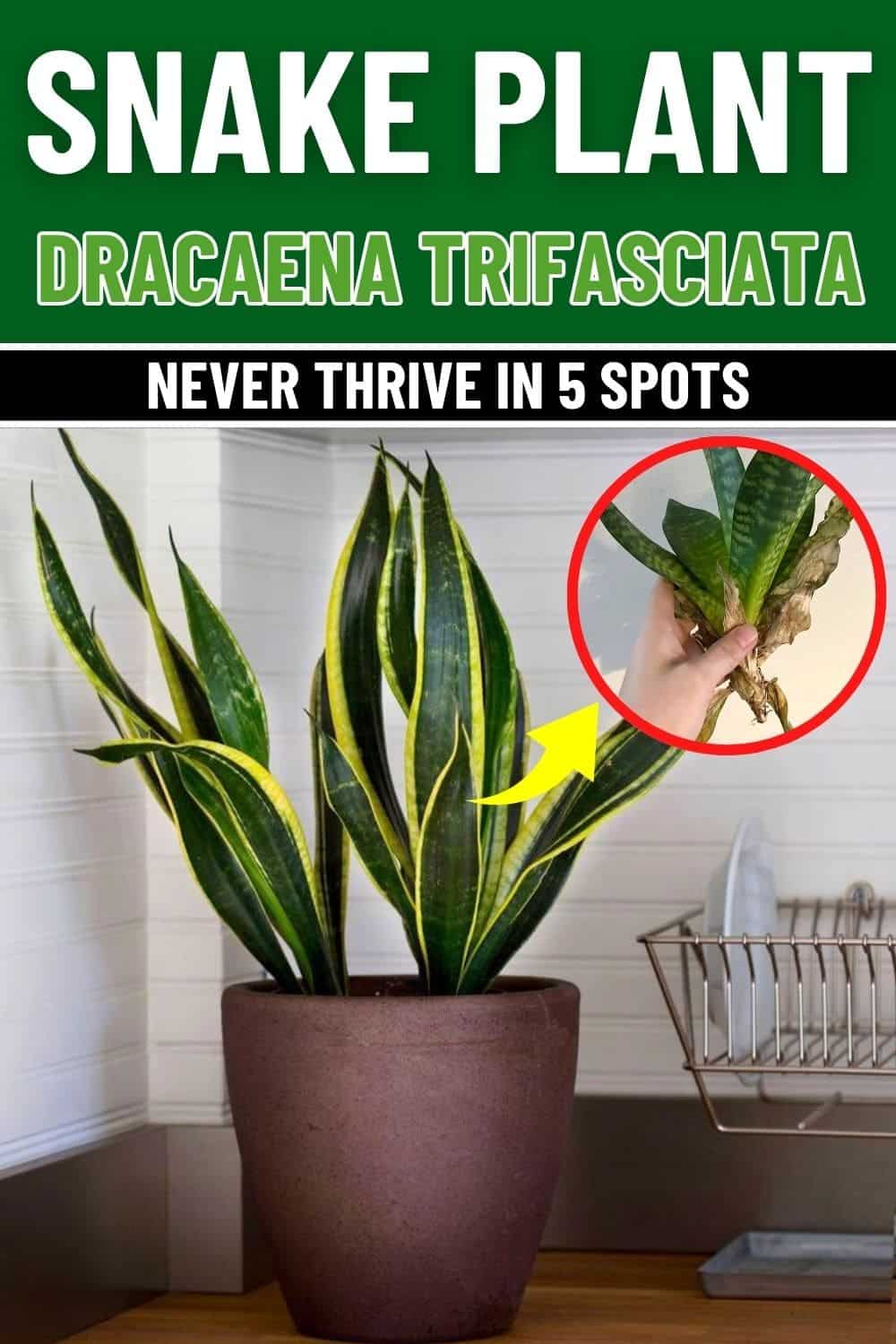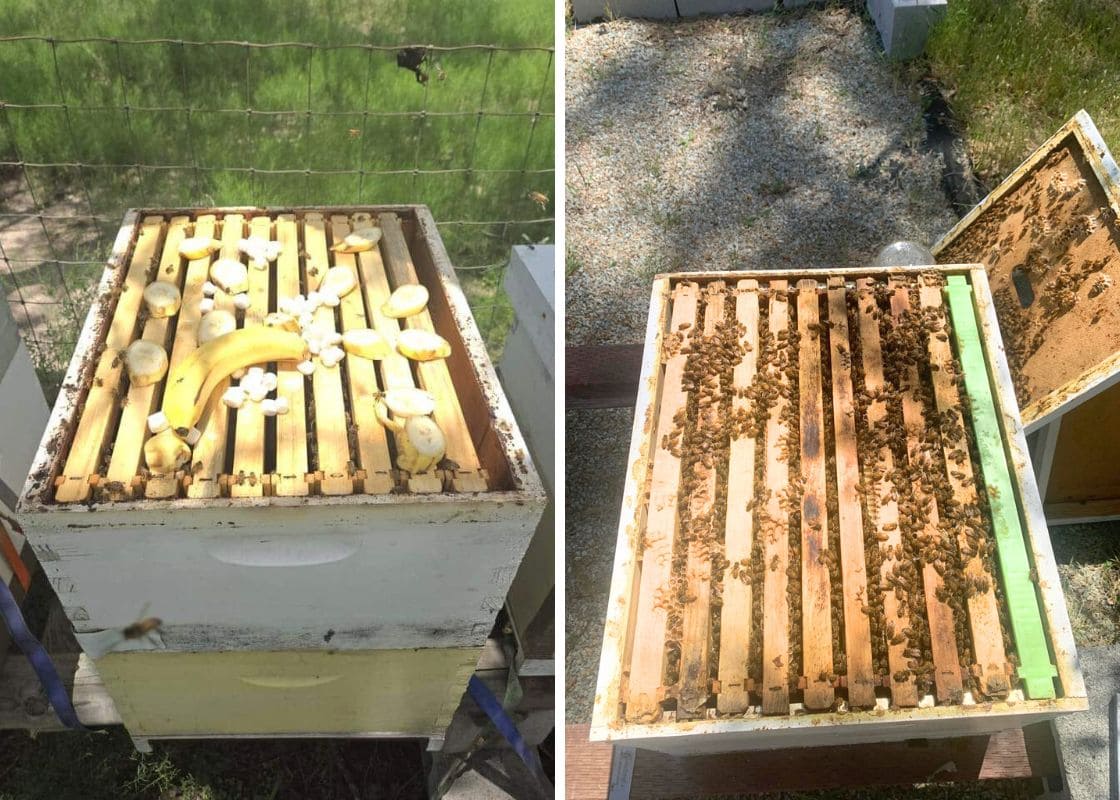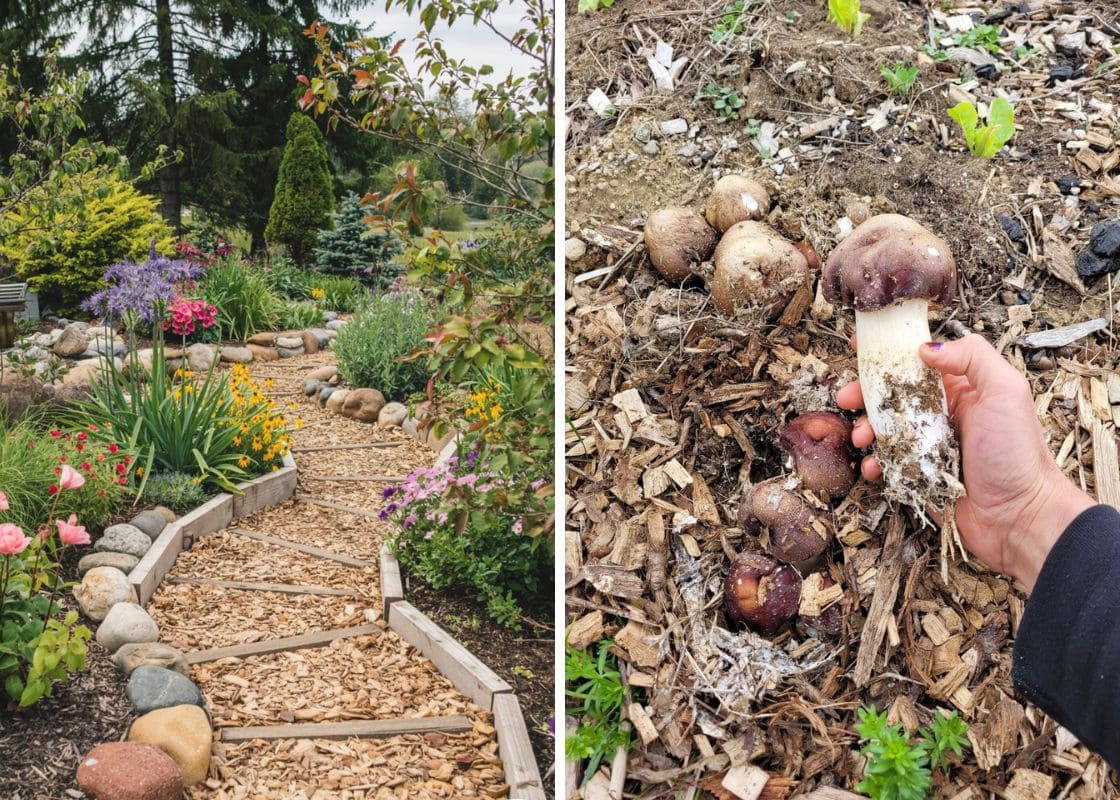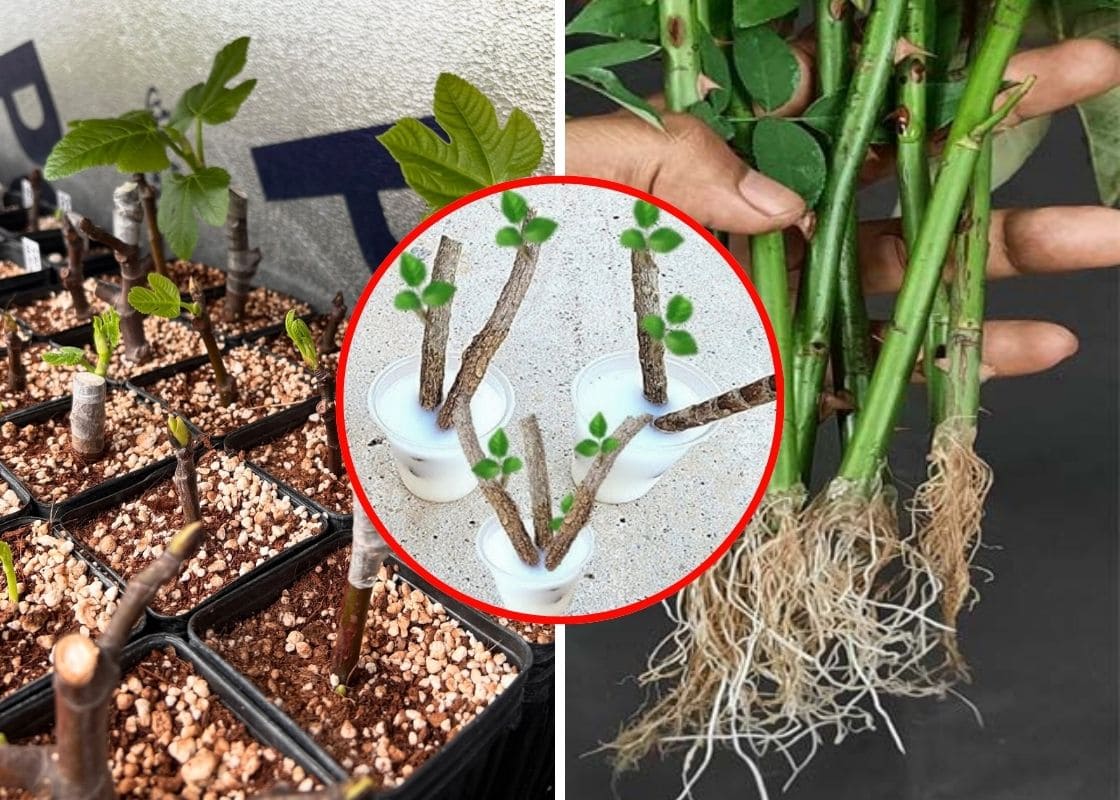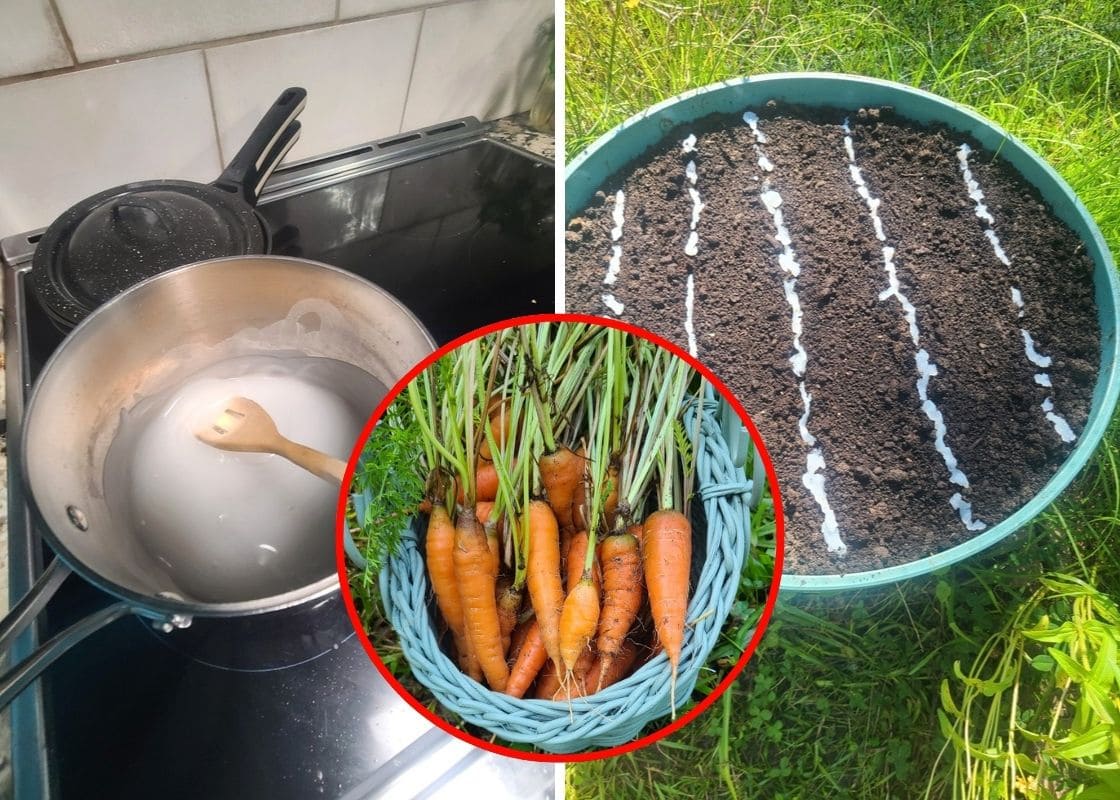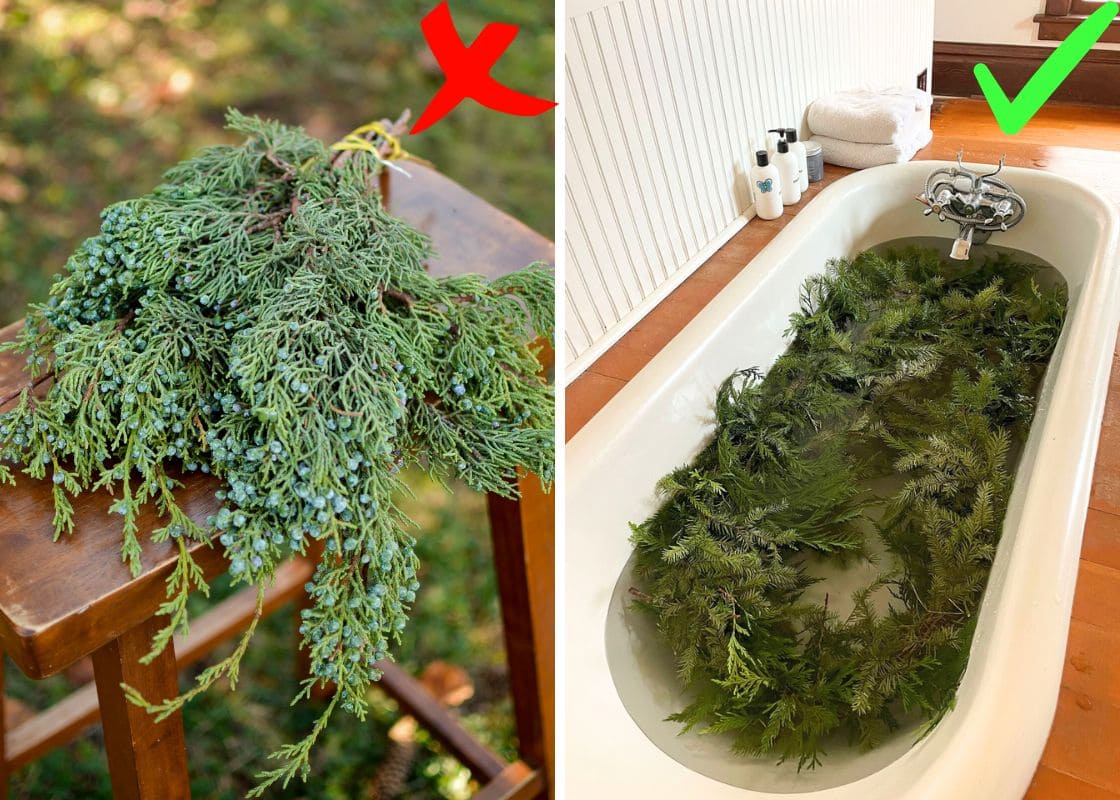Snake plants, or Dracaena trifasciata (formerly Sansevieria), are known for their resilience and ability to thrive in various conditions. That’s why I love having them around, they’re beautiful, low-maintenance, and even help purify the air.
But, like any plant, there are limits to their toughness. Over the years, I’ve learned the hard way that where you place your snake plant can make or break its health.
Let me walk you through five places you should avoid if you want your snake plant to thrive.
1. In Direct Sunlight
I once thought placing my snake plant in a sunny window would encourage faster growth. Unfortunately, direct sunlight can cause the leaves to develop brown, crispy edges or even large, unsightly scorch marks.
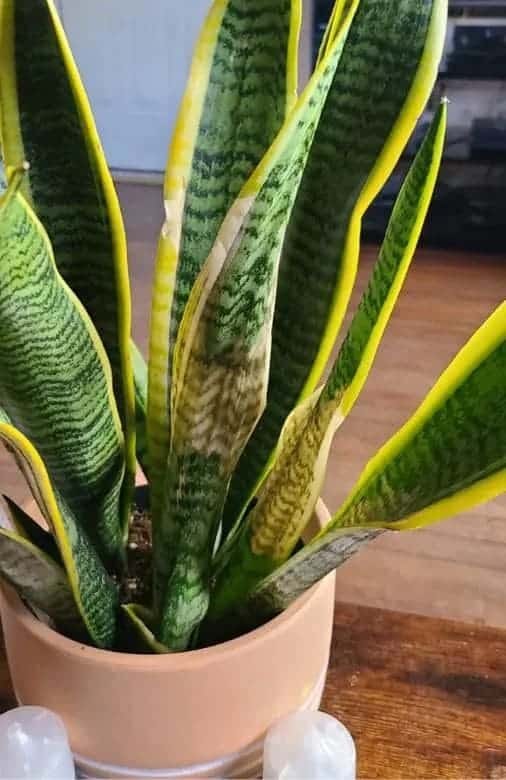
Snake plants are native to shaded areas in their natural habitat, so keep your snake plant in bright, indirect light.
East-facing windows or a spot a few feet away from a south- or west-facing window work well. If you must place it near strong sunlight, use a sheer curtain to diffuse the rays.
2. In Dark, Airless Corners
Snake plants are famous for tolerating low-light conditions, but there’s a difference between low light and no light.
I once stuck mine in a dim, forgotten corner of my house, thinking it would survive. Sure, it didn’t die immediately, but its vibrant green leaves became dull, and it stopped growing altogether.

You should choose a spot with at least some indirect natural light or supplement with a grow light if necessary. Even a few hours of low, indirect light can make a difference.
3. Next to Drafty Windows or Doors
During one particularly cold winter, I placed a snake plant near my front door. Every time someone opened the door, cold drafts hit the plant, and before long, its leaves turned mushy and began to droop.
This’s harmful as snake plants are tropical in origin and prefer temperatures between 60–85°F (15–29°C). Cold drafts or sudden temperature fluctuations can cause stress, leading to leaf damage and even root rot.
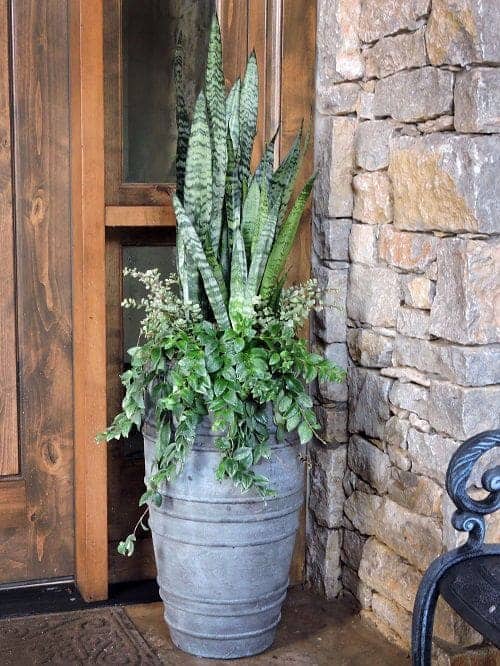
You need to place your snake plant in a stable-temperature environment, away from windows or doors that frequently let in cold air. Avoid spots near air conditioning vents or heaters.
4. In Overly Humid Areas Like Bathrooms
While snake plants can handle moderate humidity, placing them in overly humid areas like bathrooms can spell trouble.
Excessive humidity can cause the soil to stay wet for too long, creating the perfect environment for root rot and fungal infections. Snake plants prefer well-draining soil that dries out between waterings.
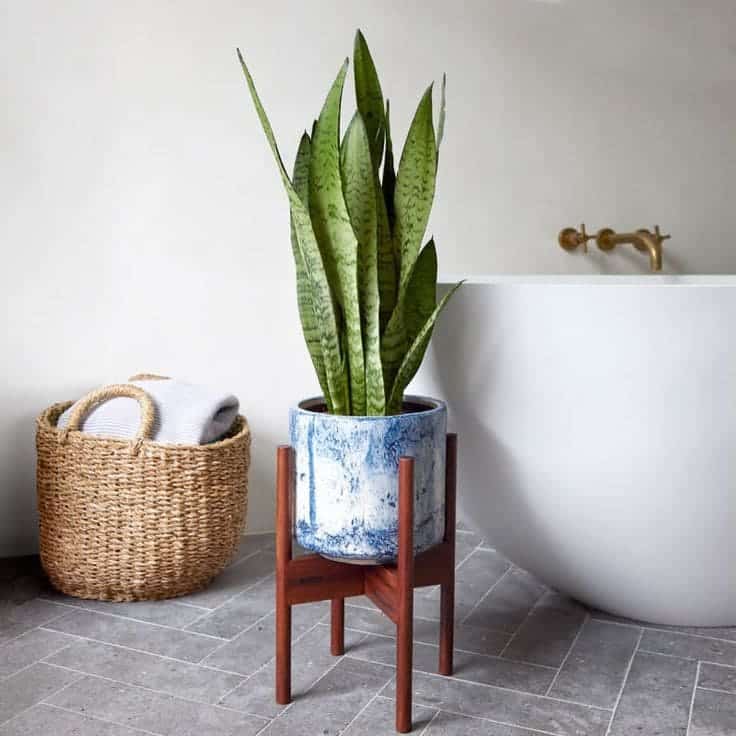
If you want to keep a snake plant in a bathroom, make sure it has proper ventilation and light. Avoid letting water collect in the pot’s saucer, and ensure the soil drains well.
5. In Heavy Traffic Areas
Snake plants are tough, but they’re not indestructible. Frequent handling or accidental bumps can damage the leaves, making the plant more susceptible to infections and stress.
Additionally, snake plants are mildly toxic to pets and humans if ingested, so placing them in areas where curious kids or pets might nibble is not ideal.
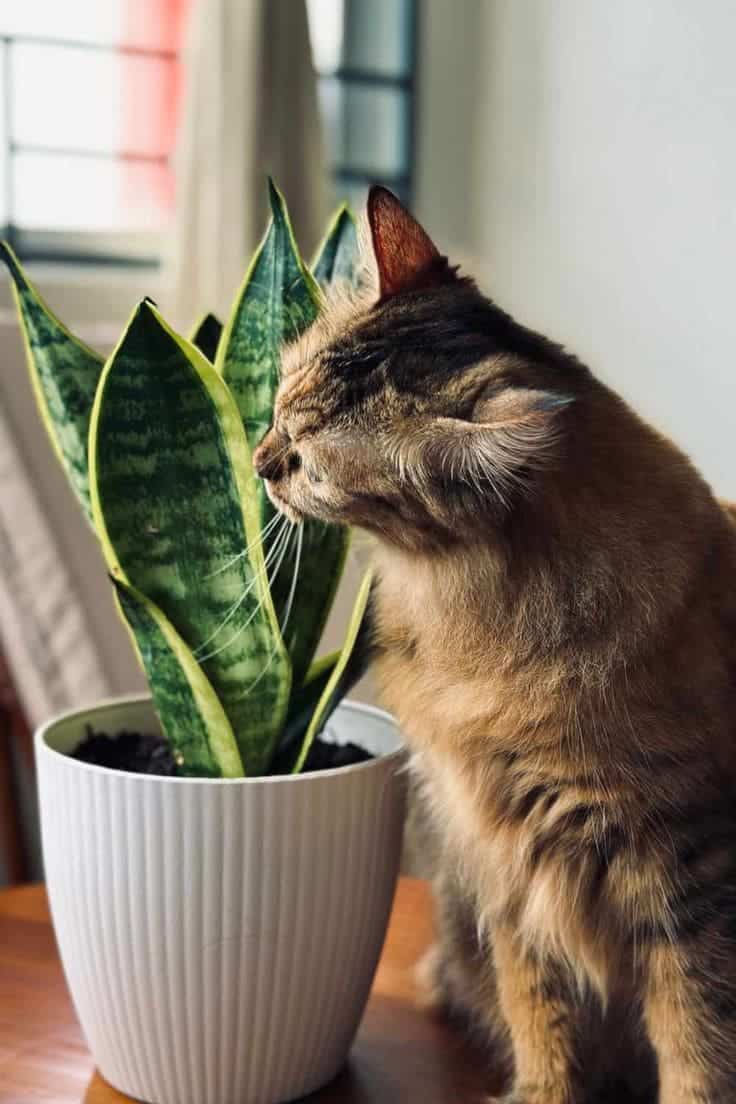
Snake plants are among the easiest and most rewarding houseplants to care for, but even these hardy plants have their limits.
By avoiding these five common placement mistakes, you’ll ensure your snake plant thrives and continues to beautify your home for years to come.
